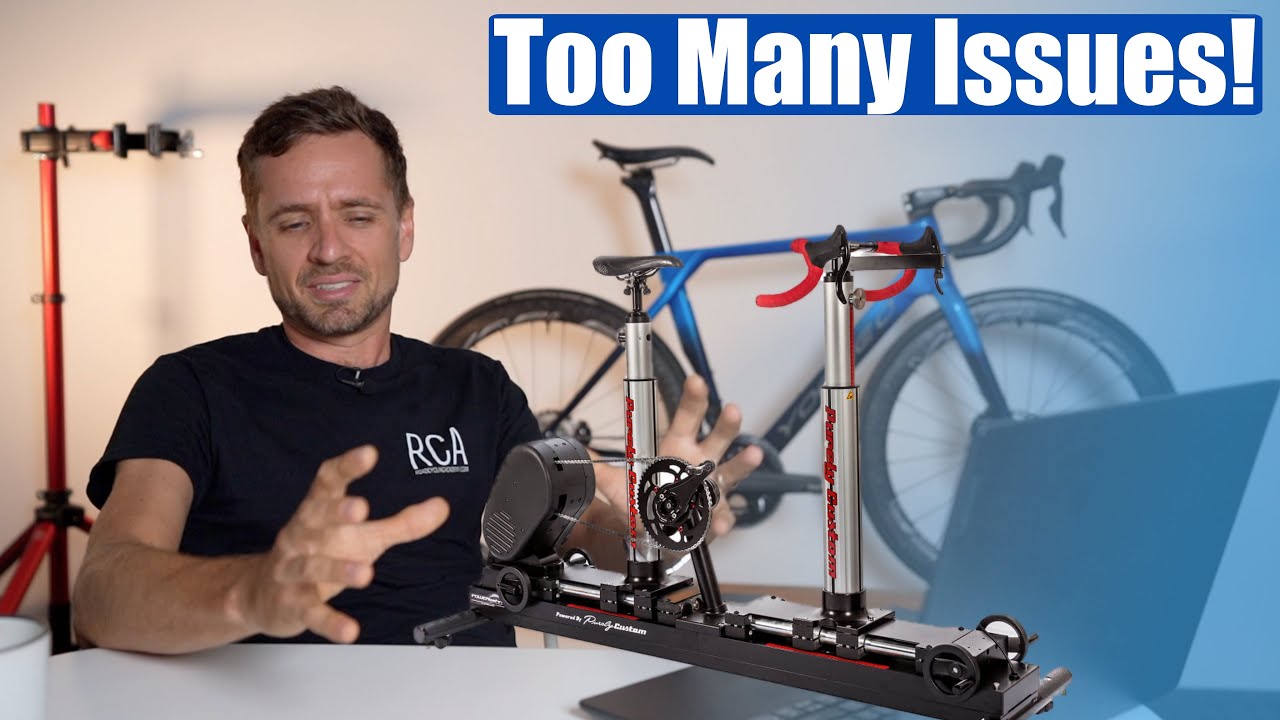What’s Wrong with Bike Fitting Jigs (& motion capture software) with Road Cycling Academy
Video What’s Wrong with Bike Fitting Jigs (& motion capture software) with Road Cycling Academy
Video What’s Wrong with Bike Fitting Jigs (& motion capture software) with Road Cycling Academy YouTube Channel.
What’s Wrong with Bike Fitting Jigs (& motion capture software)
Road Cycling Academy: The Importance of Personalized Bike Fitting
When it comes to road cycling, having the perfect bike fit can make a world of difference in performance, comfort, and overall enjoyment of the sport. Many cyclists often turn to bike fitters to help them achieve the ideal riding position, but the method of using jigs for fitting purposes has been a topic of debate within the cycling community.
Why Do Some Bike Fitters Avoid Using Jigs?
Many bike fitters choose not to use jigs for a variety of reasons. One of the main reasons is the challenge of transferring the fit measurements accurately onto the rider’s own bike. When a cyclist undergoes a fitting session on a jig, the fitter takes precise measurements and provides instructions for replicating the position on the cyclist’s bike at home. However, without the expertise or tools to accurately transfer these measurements, many riders struggle to achieve the same fit off the jig.
Another issue with using jigs for fitting is the potential for measurement errors, particularly when using motion capture software in conjunction with the jig. The inter-tester and intra-tester reliability issues associated with motion capture systems can lead to significant discrepancies in fit measurements, even when the software indicates that the positions are identical. This can result in riders experiencing discomfort or pain while riding due to inaccuracies in their bike fit.
The Role of Experience and Expertise in Bike Fitting
When seeking out a bike fitter, it is crucial to look for someone with a background in physiotherapy and a deep understanding of human biomechanics. While formal qualifications are important, experience and hands-on expertise are equally essential. A skilled bike fitter should take the time to assess the rider thoroughly, both on and off the bike, and use a combination of tools, such as motion capture software, and their own observations to make adjustments.
The importance of feedback from the cyclist cannot be overstated. A good bike fitter will actively engage with the rider during the fitting session, asking for input on how they feel while riding and making adjustments based on their feedback. This personalized approach, coupled with a keen eye for posture and motion control, can lead to a more accurate and comfortable bike fit.
Avoiding the Pitfalls of Subpar Bike Fitting
While some individuals may turn to coaches or ex-professional cyclists for bike fitting services, their lack of expertise in biomechanics can result in subpar fitting outcomes. It is essential to choose a bike fitter who has a solid understanding of human movement and takes a holistic approach to fitting, rather than solely focusing on the numbers and angles.
Ultimately, the goal of a bike fit should be to improve comfort, efficiency, and performance on the bike. By working with a knowledgeable and experienced bike fitter who prioritizes personalized fitting techniques over rigid jigs and software-driven measurements, cyclists can achieve a bike fit that enhances their riding experience and prevents discomfort and injuries.
In conclusion, road cycling enthusiasts should prioritize finding a bike fitter who values hands-on experience, personalized fitting techniques, and open communication with the rider. By steering clear of the pitfalls associated with using jigs and motion capture software, cyclists can ensure that their bike fit is tailored to their unique biomechanical needs and riding style. Choosing the right bike fitter can make all the difference in achieving a comfortable and efficient riding position that enhances performance and enjoyment on the road.
The opinions expressed in this space are the sole responsibility of the YouTube Channel Road Cycling Academy and do not necessarily represent the views of CicloNews.










